 |
Key Points on Terrier Dog Shedding: What Owners Need to Know
|
| Shedding varies widely among terrier breeds, with some requiring frequent grooming and others needing professional care. While no dog is entirely shed-free, understanding coat types and proper grooming techniques can help minimize fur around the home. Regular brushing, a balanced diet, and occasional baths are key to maintaining a healthy coat and reducing shedding.
For those looking for a low-shedding terrier, breeds like the Yorkshire Terrier, Wheaten Terrier, and Airedale Terrier are excellent options, though they require more coat maintenance. Meanwhile, smooth-coated terriers shed more consistently but are easier to groom. Choosing a terrier should align with your lifestyle, shedding tolerance, and willingness to invest in grooming. With proper care, terriers can be fantastic companions, whether they shed a little or a lot. In this article, we’ll explore which terrier breeds shed the most, how to manage shedding effectively, and tips for maintaining a clean home while owning a terrier. |
|
Shedding in Terrier Breeds: Why It Matters
Shedding is a crucial consideration for many dog lovers when choosing a pet. Terrier breeds, known for their spirited personalities and diverse coat types, have varying shedding levels. Some terriers leave hair everywhere, while others barely shed at all. Understanding how different terrier breeds shed can help prospective owners make informed decisions, especially those with allergies or a preference for a low-maintenance pet.
Why Shedding Awareness is Essential
Knowing how much a terrier sheds is important for several reasons:
- Allergy Sensitivities – Individuals prone to pet allergies often seek breeds with minimal shedding. Less dander in the air can make a big difference in allergy management.
- Grooming Commitments – High-shedding dogs require regular brushing to control loose fur, while low-shedding breeds often need professional grooming to maintain coat health.
- Home Maintenance – Shedding affects household cleanliness. Frequent vacuuming and lint rolling may be necessary for breeds that shed excessively.
- Coat Health – Shedding is a natural process for coat renewal. Understanding a breed’s shedding cycle ensures proper coat care and overall well-being.
Different Coat Types in Terriers
Terriers have a wide variety of coat textures, which influence how much they shed:
- Smooth Coats – Breeds like the Jack Russell Terrier have short, sleek coats that shed year-round. Regular brushing helps minimize loose hair.
- Wire Coats – The Airedale Terrier and Border Terrier have wiry fur, which sheds less frequently but requires hand-stripping to remove dead hair.
- Silky Coats – Yorkshire Terriers have long, fine fur that sheds minimally but needs consistent grooming to prevent matting.
- Curly or Dense Coats – Some terriers, like the Wheaten Terrier, have thick, wavy fur that doesn’t shed much but requires professional grooming.
Debunking Common Myths
- “Terriers don’t shed at all.” – While some shed less, no dog is completely non-shedding. Even breeds marketed as “hypoallergenic” still release some dander.
- “Short-haired terriers shed less.” – Short fur doesn’t mean less shedding. Some smooth-coated terriers shed more than their long-haired counterparts.
- “Regular bathing stops shedding.” – While baths help with coat maintenance, excessive washing can strip natural oils, leading to more shedding.
Understanding terrier shedding patterns can help potential owners prepare for grooming needs, home care, and allergy considerations. In the next section, we’ll explore which terrier breeds shed the most and how to manage their shedding effectively.
Terrier Breeds and Their Shedding Levels
Terriers come in many breeds, each with unique coat types and shedding tendencies. Some shed heavily year-round, while others release minimal fur. Knowing where each breed falls on the shedding spectrum can help owners prepare for grooming needs and home maintenance.
Shedding Levels of Popular Terrier Breeds
The table below outlines the shedding tendencies of common terrier breeds, along with their grooming requirements:
| Terrier Breed | Shedding Level | Coat Type | Grooming Needs |
| Jack Russell Terrier | High | Smooth/Short | Brushing 2-3 times per week |
| Yorkshire Terrier | Low | Long/Silky | Daily brushing, professional trims |
| Scottish Terrier | Low to Moderate | Wiry/Double Coat | Hand-stripping every few months |
| Airedale Terrier | Low | Wire-haired | Hand-stripping, weekly brushing |
| West Highland White Terrier | Moderate | Harsh/Double Coat | Weekly brushing, occasional trims |
| Boston Terrier | Low | Smooth/Short | Occasional brushing, minimal maintenance |
| Border Terrier | Moderate | Wire-haired | Hand-stripping, regular brushing |
| Wheaten Terrier | Low | Wavy/Soft | Frequent brushing, professional grooming |
Key Factors Affecting Shedding
Several elements influence how much a terrier sheds:
- Coat Texture – Smooth-coated terriers tend to shed more consistently than wiry or curly-coated breeds.
- Seasonal Changes – Some terriers experience increased shedding during seasonal transitions, especially double-coated breeds.
- Diet and Health – A nutritious diet with omega fatty acids promotes healthy skin and minimizes excessive shedding.
- Grooming Routine – Regular brushing helps control shedding by removing loose fur before it spreads around the home.
If shedding is a concern, selecting a breed with minimal fur loss and committing to proper grooming can make a big difference.
How to Manage Terrier Shedding Effectively
Even though some terriers shed less than others, all dogs release some fur. Proper management ensures a cleaner home and a healthier coat for your pet. Follow these steps to keep shedding under control:
Step 1: Choose the Right Grooming Tools
Different terrier coats require specific grooming tools:
- Short-haired breeds (Jack Russell, Boston Terrier): Use a rubber curry brush or bristle brush to remove loose hair.
- Wire-haired breeds (Airedale, Border Terrier): Hand-stripping tools or a stripping knife help remove dead fur.
- Long-haired breeds (Yorkshire Terrier, Wheaten Terrier): A slicker brush or metal comb prevents matting and minimizes shedding.
Step 2: Establish a Brushing Routine
Brushing removes dead fur before it lands on furniture or clothes.
- Daily brushing: Recommended for long-haired terriers like the Yorkshire Terrier.
- 2–3 times a week: Suitable for smooth-coated breeds that shed regularly.
- Weekly brushing: Works for low-shedding terriers with wiry coats.
Step 3: Maintain a Healthy Diet
Shedding is often linked to coat health, which starts with proper nutrition. Feed your terrier a balanced diet of omega-3 and omega-6 fatty acids to promote skin hydration and reduce excessive shedding. For optimal coat health, consider foods with fish oil, flaxseed, or vitamin E.
Step 4: Bathe Your Terrier Properly
Regular baths help control shedding, but excessive washing can dry out the skin.
- Use a mild, dog-friendly shampoo designed to nourish the coat.
- Bathe once a month or as needed, depending on activity level and coat type.
- Follow up with a conditioner to prevent dryness and excessive hair loss.
Step 5: Control Shedding in the Home
To minimize fur around the house:
- Invest in a pet-friendly vacuum to pick up loose hair.
- Use washable furniture covers for easy cleanup.
- Keep a lint roller handy for quick touch-ups on clothing and upholstery.
By following these steps, shedding can be managed effectively, making life easier for both you and your terrier.
Frequently Asked Questions
Do all terriers shed?
Yes, all dogs shed to some extent, but some terrier breeds shed less than others. Wire-haired and long-haired terriers tend to shed less than smooth-coated breeds.
What is the best low-shedding terrier breed?
Breeds like the Yorkshire Terrier, Wheaten Terrier, and Airedale Terrier are known for minimal shedding. However, they require regular grooming.
How often should I brush my terrier to reduce shedding?
The ideal frequency depends on the coat type. Smooth-coated terriers need brushing 2–3 times a week, while long-haired breeds require daily grooming.
Does bathing help reduce shedding in terriers?
Yes, but it should be done in moderation. Overbathing can dry out the skin, leading to increased shedding. A monthly bath with a moisturizing shampoo is recommended.
What diet helps reduce shedding in terriers?
A high-quality diet rich in omega-3 and omega-6 fatty acids supports coat health. Ingredients like fish oil and flaxseed can help minimize excessive shedding.
Essential Grooming Tools & Products to Manage Terrier Shedding
|
|
||
|
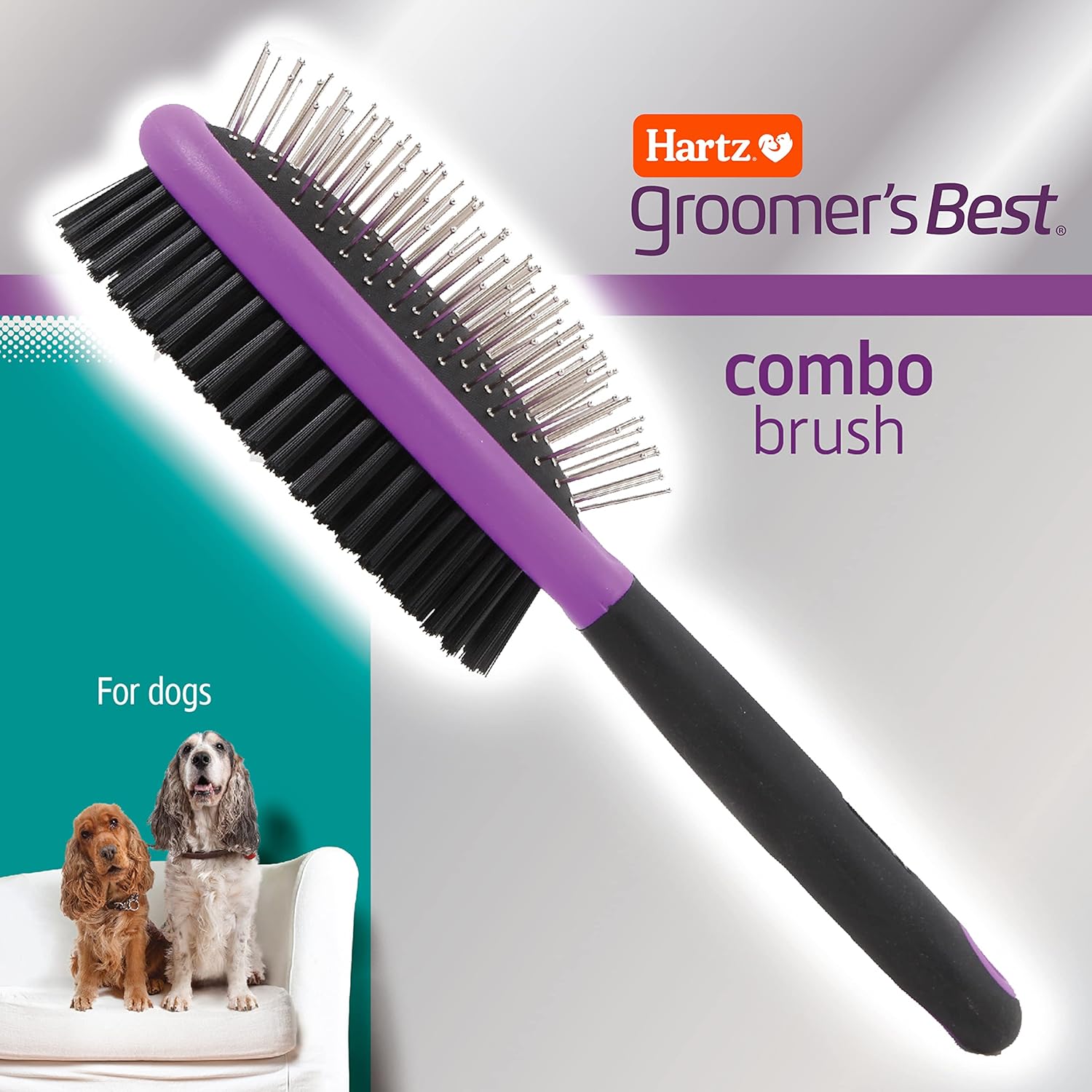 |
||
|
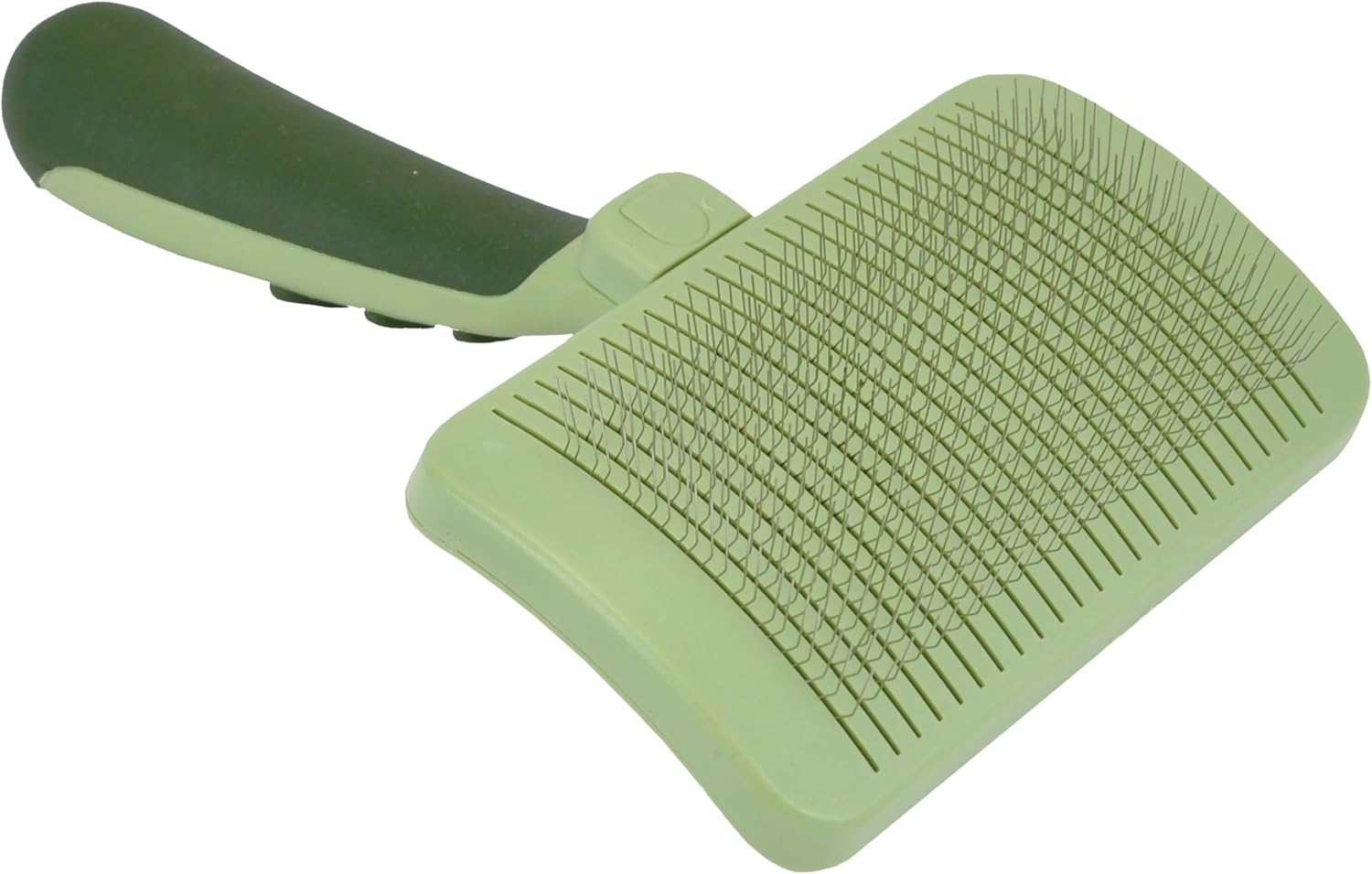 |
||
|
 |
||
|
 |
||
|
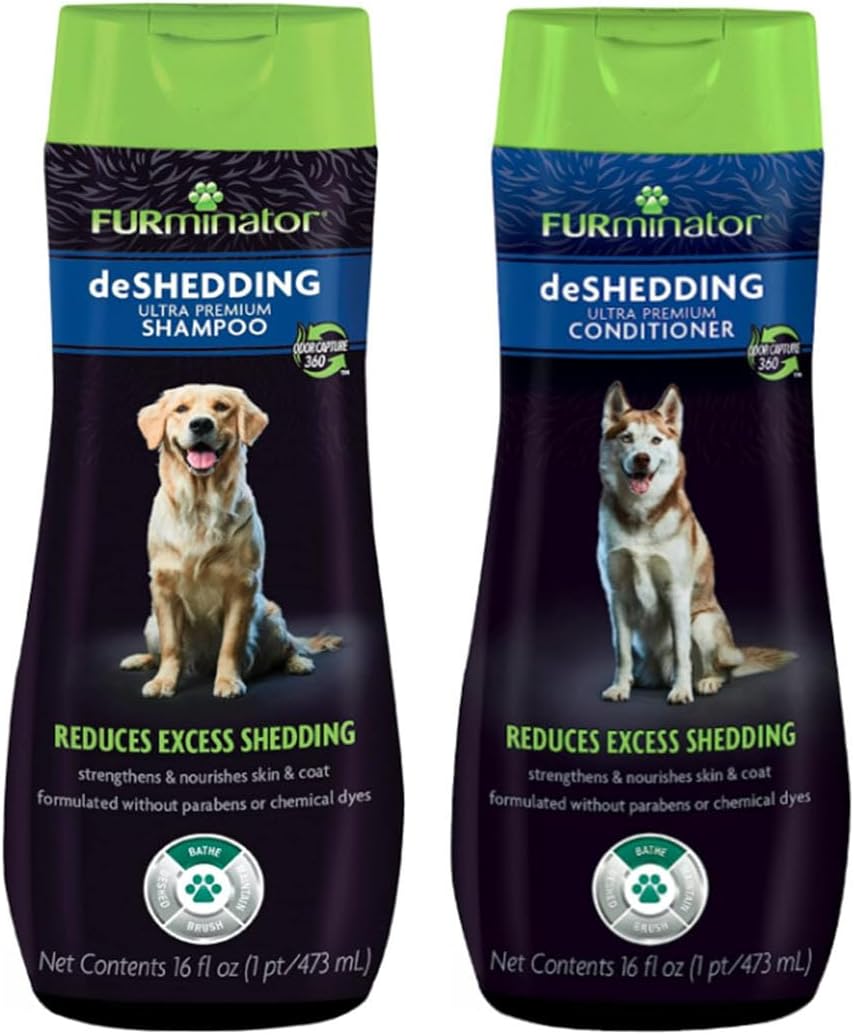 |
||
|
 |
||
|
 |
||
|
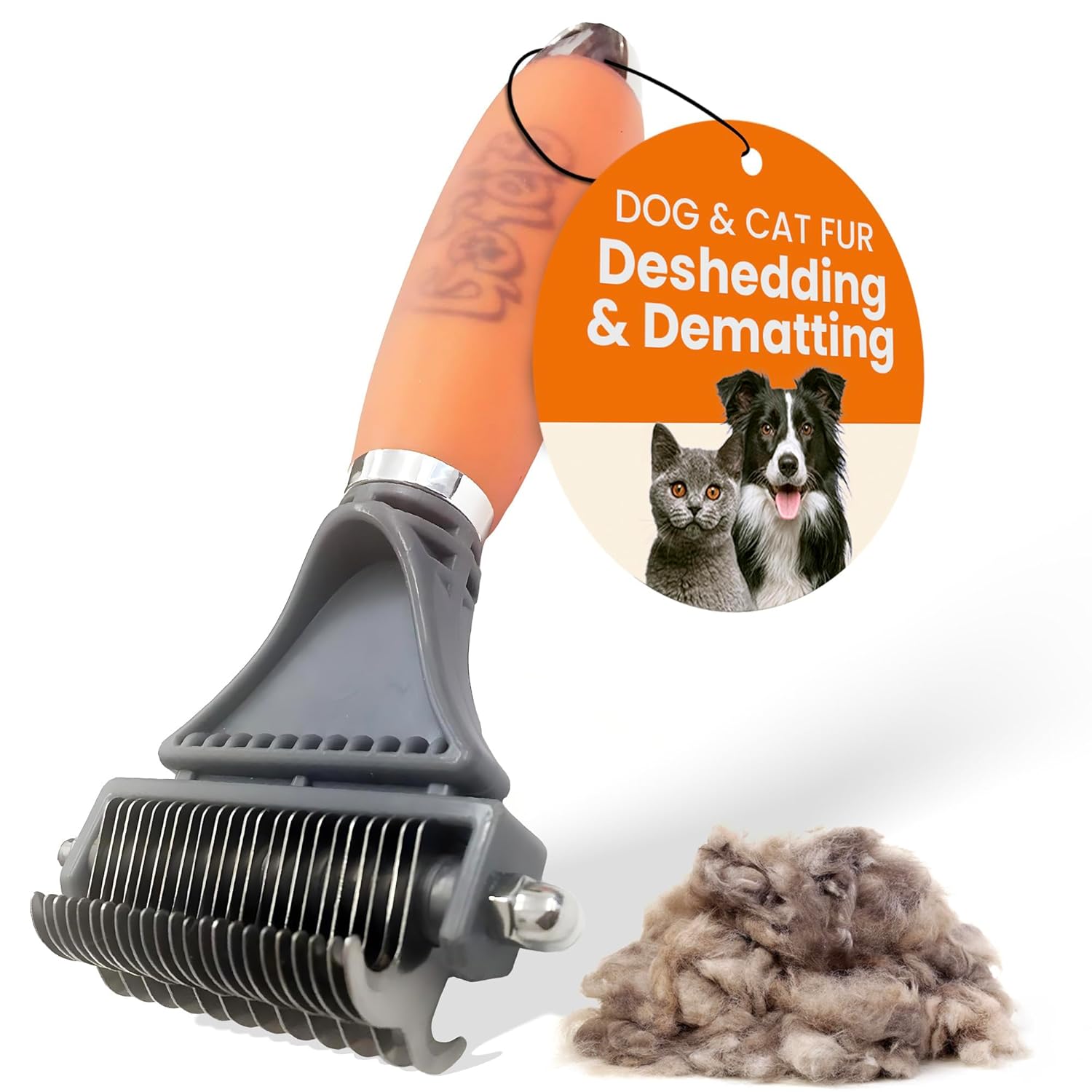 |
||
|
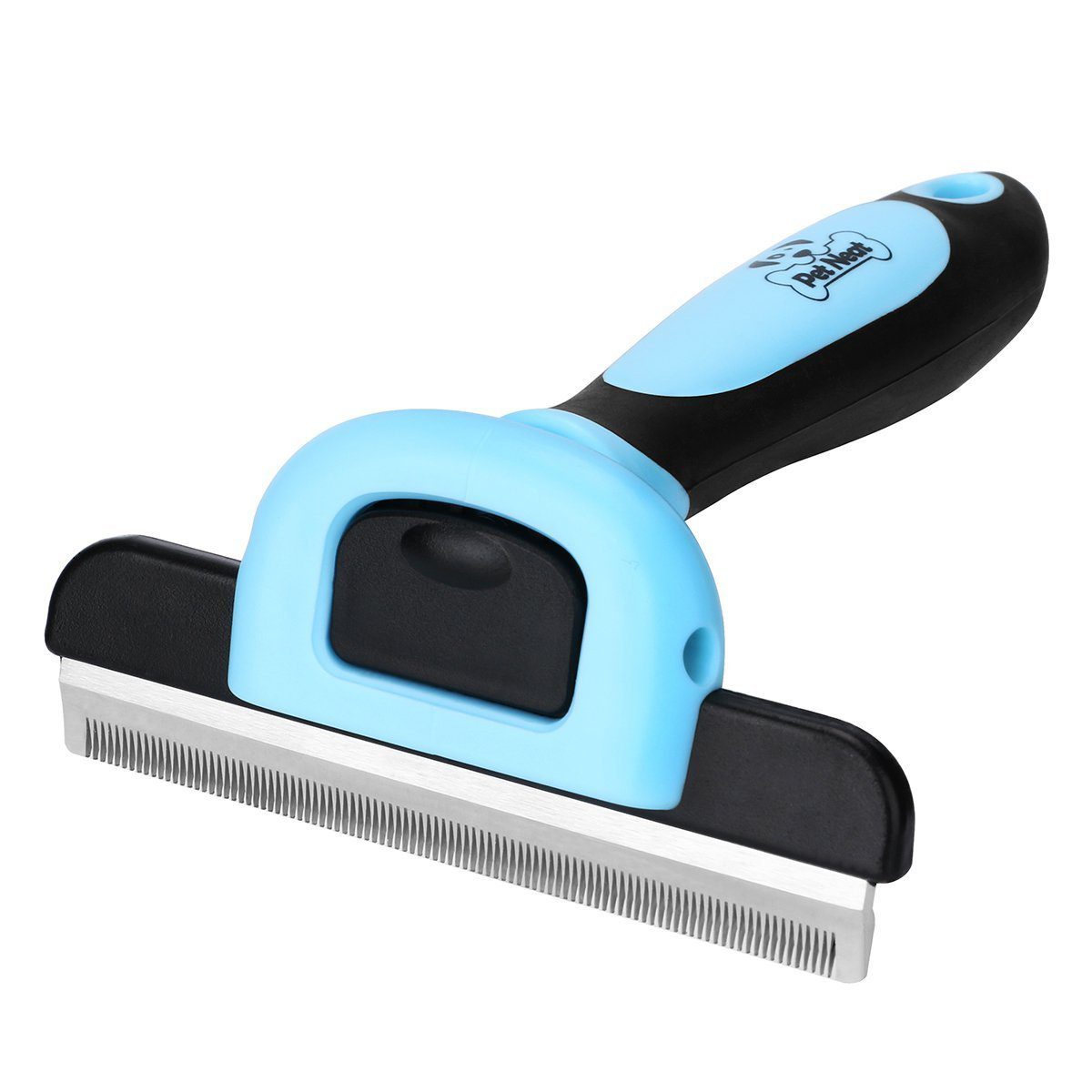 |
Choosing the Right Terrier for Your Shedding Tolerance
Terriers vary in shedding levels, from high-maintenance shedders like the Jack Russell to low-shedding breeds like the Yorkshire Terrier. Understanding your chosen breed’s coat type and maintenance requirements is key to a stress-free ownership experience.
Investing in the right grooming tools, maintaining a healthy diet, and keeping up with routine coat care can make a significant difference if shedding is a concern. No dog is entirely shed-free, but with the right approach, you can keep fur under control while enjoying the lively and affectionate nature of terriers.
Before bringing a terrier home, consider your lifestyle, grooming commitment, and tolerance for loose hair. With proper care, terriers can be fantastic companions, regardless of their shedding habits.


